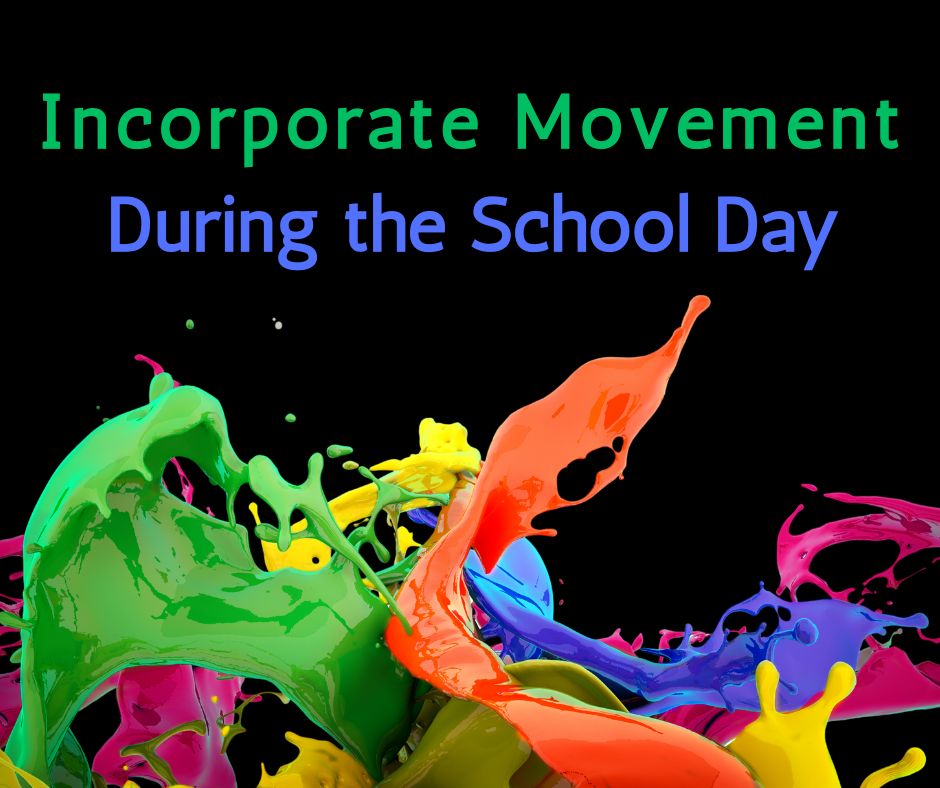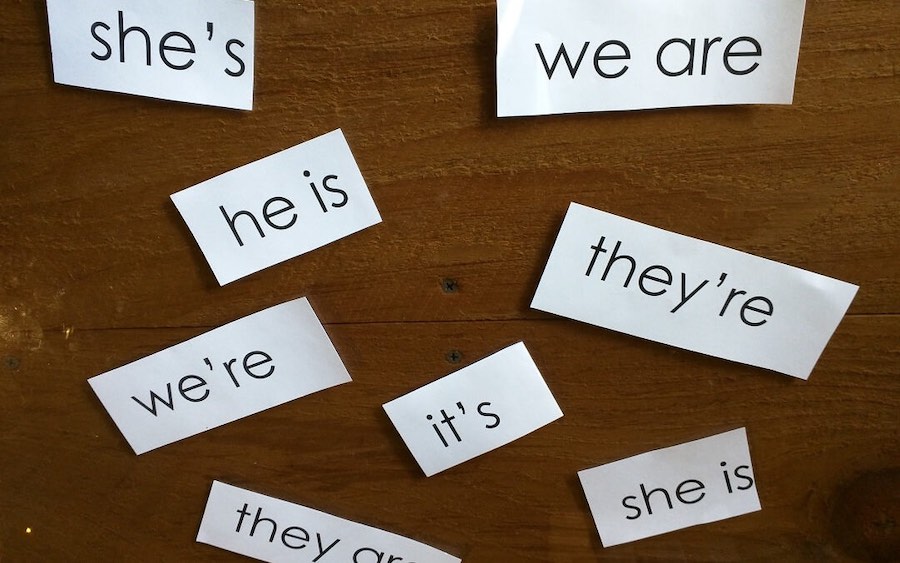
8 Easy Ways to Incorporate Movement in the Elementary Classroom
At Walkabouts, we understand the importance of integrating movement throughout the school day. Getting kids moving helps them learn — and there’s research to prove it. The research clearly shows that an active education leads to:
-
- Increased student engagement and achievement
- Improved comportment
- Reduced behavior referrals
- Adoption of healthy habits and reduced obesity
In order to help students’ regulate their sensory systems, make sure students move in all kinds of ways each and every day. For every 30 minutes of seated desk time, strive for 5 to 10 minutes of movement. Functional movements throughout the day help to wake up the brain and provide a sensory break. Movement will also increase students’ productivity, focus, and attention.
Read more about the Research Behind Activity Breaks here.
Here are 8 easy ways to incorporate movement in the classroom.
1. REGULAR BREAKS
Keep movement simple and convenient by offering regular breaks for students. Whether individual students, pairs, groups, or the whole class, offer students opportunities to get up and away from their desks. This can be as simple as allowing students to get a drink of water from the drinking fountain, use the restroom, or walk a lap around the classroom.
2. CLASSROOM WAVE
The classroom wave (or another cooperative movement) is a great way to get the entire class to pay attention, work together, and build coordination. This quick action helps get students up and moving while they remain close to their desks. Start on one side of the room, and encourage students to complete the wave across the classroom and back again.
3. WINDMILL
This bilateral movement allows students to get both sides of the body and both sides of the brain working together. First, have students stand up straight beside their desks, or gather students in a circle with ample room between students. Next, have students look up. Then, have students touch their right hand to their left foot. After that, have students stand up straight again, look up, and repeat the motion with their left hand to their right foot. Complete as many reps as desired, and make them as slow or as fast as desired.
4. MOVEMENT RHYMES AND SONGS
During the school day, take a break with younger students to say a rhyme/sing a song with movement. Movement rhymes/songs help students develop their bodily awareness, balance, coordination, and rhythm.
Rotate the movement rhymes and songs throughout the week with some student-friendly favorites, such as:
- “Mr. Sun”
- “Baby Shark”
- “London Bridge”
- “This Is the Way”
- “The Hokey Pokey”
- “I’m a Little Teapot”
- “Five Little Ducks”
- “Five Little Monkeys”
- “The Wheels on the Bus”
- “Row, Row, Row Your Boat”
- “If You’re Happy and You Know It”
- “Head, Shoulders, Knees, and Toes”
- “Teddy Bear, Teddy Bear Turn Around”
5. REVIEW AND TOSS
Working as a whole class or in small groups, review a concept with movement. Have students stand in a circle. Call out a spelling word, vocabulary term, state/capital, or any other item students should have memorized. Say the problem, spelling word, etc, then toss a ball or another soft object (such as a sock tied into a knot) to a student. The student should say the answer, then say another problem, spelling word etc. and toss the soft object. If a student is unsure of the answer, they can skip their turn and toss to another student.
6. MOVEMENT MATH FACTS
As a class, review math facts with movement. Using addition or multiplication facts, have students move with a quick exercise such as arm circles, criss-cross feet, jumping jacks, lunges, high knee, squats, etc. Say the first number in the equation, and have students complete one of the quick exercises that many times. For example, “Four!” = four jumping jacks. Say the second number, and have students complete one of the quick exercises that many times. Then, ask a volunteer to say the sum (or product) of the two numbers. Next, the entire class should complete one of the quick exercises to show the answer.
7. MOVEMENT COMPREHENSION CHECK
Movement comprehension checks are a quick and easy way for teachers to gauge student participation and complete informal assessments.
- Four Corners: Complete a quick check of student responses by posing a question and designating an answer for each corner of the room. Students should move into the corner that best reflects their response.
- Sit or Stand: Get a quick answer for True/False or Yes/No queries by directing students to stand and stretch up or squat to show their answer.
8. GRAFFITI WALL
A graffiti wall allows students to get up and share their responses with the class. Using sections of a whiteboard or large posters placed throughout the classroom, title each with topics or themes that have been covered in class. Students should take turns moving to the Graffiti Wall with high knees, lunges, hops, jumps, etc. They should write their responses, connections, pictures, and ideas for each topic or theme on the wall. Allowing students to contribute through written expression ensures that everyone has an opportunity to share — and gets to move in the process.
Check out other Tips for Staying Active During the School Day here.
Walkabouts use movement to foster resilience and movement. Teachers can easily create a Walkabout in minutes to activate elementary lessons with movement. The active lessons integrate kinesthetic techniques with classroom fundamentals. Ready to try Walkabouts? Click here to sign up for a 30-day trial subscription!





